Home>Furniture & Design>Bathroom Accessories>How To Fix Bidet Sprayer
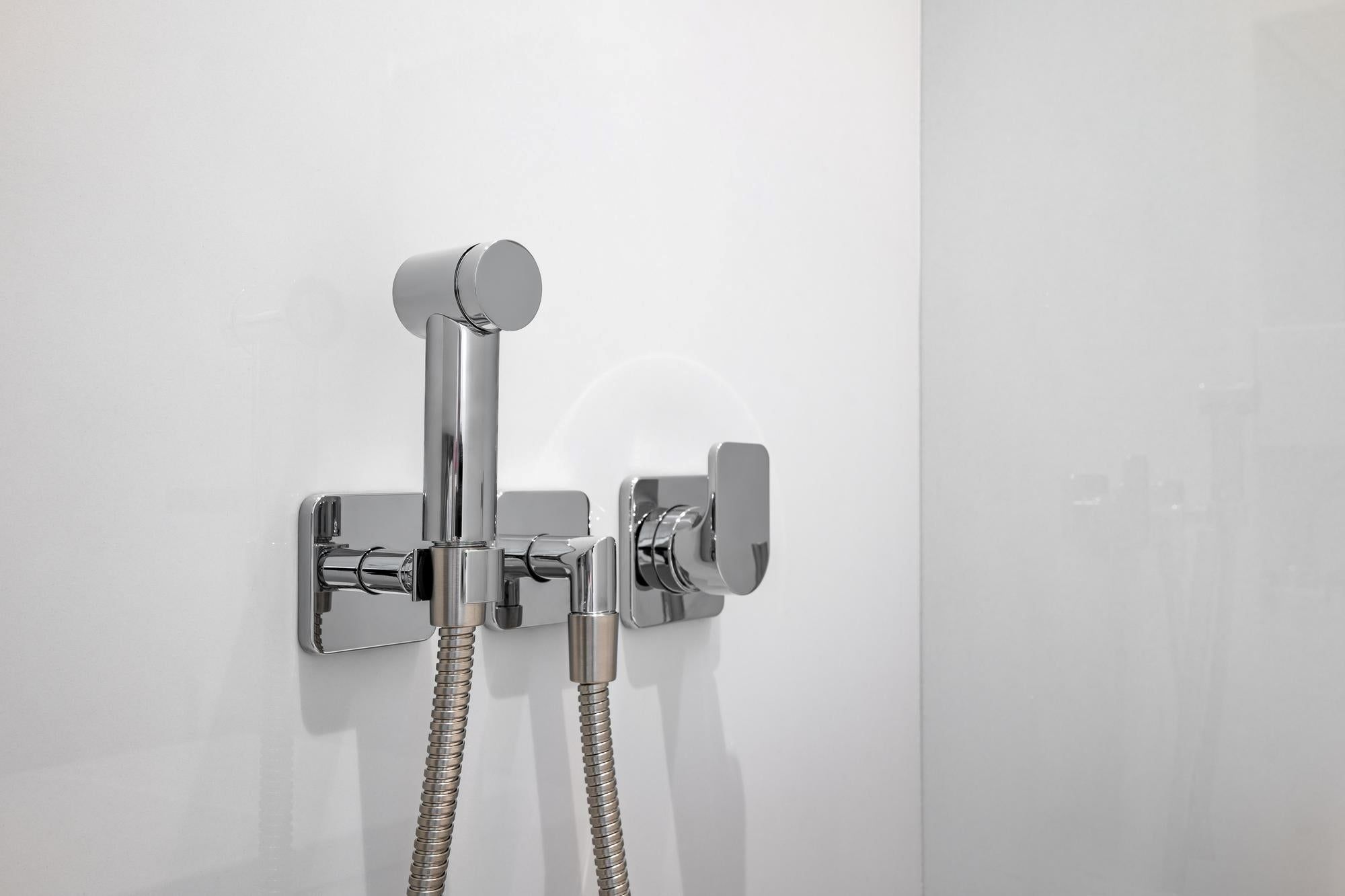

Bathroom Accessories
How To Fix Bidet Sprayer
Modified: October 20, 2024
Learn how to fix a bidet sprayer and improve your bathroom experience with our easy-to-follow guide. Find solutions for common bidet sprayer issues. Perfect for bathroom accessories enthusiasts.
(Many of the links in this article redirect to a specific reviewed product. Your purchase of these products through affiliate links helps to generate commission for Storables.com, at no extra cost. Learn more)
Introduction
The bidet sprayer, also known as a bidet shower or bidet spray, is a valuable bathroom accessory that offers a hygienic and convenient alternative to traditional toilet paper. This handheld device, typically attached to the toilet's plumbing, allows users to cleanse themselves with a gentle spray of water after using the toilet. With its growing popularity and numerous benefits, it's essential to understand how to troubleshoot and maintain a bidet sprayer to ensure its optimal functionality.
A bidet sprayer is a simple yet effective tool that provides a refreshing and thorough cleaning experience. It offers a more eco-friendly and cost-effective solution compared to excessive toilet paper usage. Additionally, it promotes better personal hygiene and can be particularly beneficial for individuals with mobility issues or certain medical conditions.
Understanding the bidet sprayer and its components is crucial for troubleshooting and maintenance. By familiarizing yourself with its inner workings, you can effectively address common issues that may arise, such as leaks, low water pressure, or nozzle blockages. With the right tools and a step-by-step approach, you can easily rectify these issues and restore your bidet sprayer to optimal performance.
In this comprehensive guide, we will delve into the intricacies of bidet sprayers, explore common problems that users encounter, and provide a detailed walkthrough on how to fix these issues. By following the instructions and tips outlined in this article, you'll be equipped with the knowledge and skills to address bidet sprayer issues confidently. Additionally, we'll discuss essential maintenance practices to prolong the lifespan of your bidet sprayer and ensure a consistently reliable and hygienic experience.
As we embark on this journey to demystify the bidet sprayer and empower users with practical solutions, it's important to approach the process with patience and a willingness to learn. By mastering the art of bidet sprayer maintenance, you can elevate your bathroom experience and embrace the numerous advantages that this innovative accessory has to offer. Let's dive into the world of bidet sprayers and discover the key to resolving common issues and maintaining peak performance.
Key Takeaways:
- Embrace the Bidet Sprayer
Discover the benefits of bidet sprayers for a refreshing and eco-friendly cleansing experience. Learn how to troubleshoot and maintain it for optimal functionality and hygiene. - Master Bidet Sprayer Maintenance
By following a step-by-step guide and implementing routine maintenance, you can ensure a reliable and hygienic experience with your bidet sprayer. Prevent common issues and enjoy its long-term benefits.
Read more: How To Fix Sink Sprayer
Understanding the Bidet Sprayer
The bidet sprayer, a versatile and practical bathroom accessory, is designed to provide a convenient and hygienic cleansing experience. Also known as a bidet shower or bidet spray, this handheld device is typically connected to the toilet's water supply and features a nozzle that emits a gentle yet effective stream of water. Its ergonomic design and ease of use make it a popular choice for individuals seeking a more thorough and eco-friendly alternative to traditional toilet paper.
A typical bidet sprayer consists of several key components, including a flexible hose, a control valve or trigger, and a nozzle. The flexible hose allows for easy maneuverability, enabling users to direct the spray precisely for optimal cleansing. The control valve, often located within comfortable reach, regulates the water flow, allowing users to adjust the pressure according to their preference. The nozzle, designed to emit a targeted stream of water, is engineered to provide thorough cleansing while ensuring user comfort.
One of the primary advantages of a bidet sprayer is its versatility. It can be used for personal hygiene after using the toilet, as well as for cleaning the toilet bowl itself. The adjustable water pressure and targeted spray make it an efficient tool for maintaining cleanliness and promoting a hygienic environment in the bathroom.
In addition to its practical functionality, the bidet sprayer offers environmental benefits by reducing the consumption of toilet paper. This eco-friendly approach not only minimizes waste but also contributes to sustainable living practices. Furthermore, the use of water for cleansing is often considered more hygienic and soothing than abrasive toilet paper, making the bidet sprayer a preferred choice for individuals seeking a gentle and refreshing cleansing experience.
Understanding the bidet sprayer and its components is essential for troubleshooting and maintenance. By familiarizing oneself with its design and functionality, users can effectively address common issues that may arise, such as leaks, low water pressure, or nozzle blockages. With a comprehensive understanding of the bidet sprayer, individuals can confidently navigate the process of resolving issues and ensuring the optimal performance of this valuable bathroom accessory.
Common Issues with Bidet Sprayer
The bidet sprayer, while offering a multitude of benefits, may encounter common issues that can hinder its optimal functionality. Understanding these issues is crucial for effectively addressing and resolving them. Here are some of the most prevalent problems that users may encounter with their bidet sprayers:
-
Leakage: One of the primary issues experienced with bidet sprayers is leakage. This can occur at various points, including the hose connections, control valve, or nozzle. Leakage not only leads to water wastage but also diminishes the effectiveness of the sprayer. Identifying the source of the leak is essential for implementing the appropriate solution.
-
Low Water Pressure: Inadequate water pressure from the bidet sprayer can significantly impact its cleansing effectiveness. This issue may stem from a clogged nozzle, sediment buildup within the sprayer, or insufficient water flow from the plumbing. Addressing low water pressure is essential for ensuring a thorough and refreshing cleansing experience.
-
Nozzle Blockages: Over time, mineral deposits and debris can accumulate within the bidet sprayer nozzle, leading to blockages. This impedes the smooth flow of water and diminishes the sprayer's performance. Regular maintenance is crucial for preventing and addressing nozzle blockages to maintain optimal functionality.
-
Control Valve Malfunction: The control valve, responsible for regulating water flow and pressure, may experience malfunctions, leading to issues such as inconsistent water pressure or difficulty in controlling the spray. A faulty control valve can disrupt the user experience and necessitates prompt attention.
-
Hose Wear and Tear: The flexible hose of the bidet sprayer is susceptible to wear and tear over time, potentially resulting in leaks or reduced maneuverability. Regular inspection of the hose and timely replacement when necessary is essential for preventing issues related to hose damage.
-
Inadequate Installation: Improper installation of the bidet sprayer can lead to a range of issues, including leaks, unstable mounting, or difficulty in accessing the sprayer. Ensuring a correct and secure installation is vital for the long-term functionality of the bidet sprayer.
By recognizing these common issues, users can proactively address and resolve them, thereby ensuring the consistent performance and reliability of their bidet sprayers. Implementing appropriate maintenance and troubleshooting measures is essential for overcoming these challenges and maximizing the benefits of this valuable bathroom accessory.
Tools and Materials Needed
To effectively troubleshoot and address common issues with a bidet sprayer, it is essential to have the appropriate tools and materials at hand. By assembling the necessary items, individuals can confidently embark on the process of fixing and maintaining their bidet sprayers. Here is a comprehensive list of tools and materials needed for addressing bidet sprayer issues:
Tools:
- Adjustable Wrench: A versatile tool for tightening or loosening nuts and bolts, essential for securing hose connections and fittings.
- Phillips Screwdriver: Used for removing and installing screws, particularly relevant for accessing and inspecting the internal components of the bidet sprayer.
- Needle-Nose Pliers: Ideal for gripping and manipulating small components, facilitating the removal of debris or blockages within the sprayer nozzle.
- Plumber's Tape: Also known as Teflon tape, this is crucial for creating a watertight seal when reassembling hose connections and fittings, preventing leaks.
- Pipe Cleaner or Small Brush: Useful for clearing nozzle blockages caused by mineral deposits or debris, ensuring unobstructed water flow.
- Bucket or Basin: A container for catching water during disassembly and testing, preventing potential mess and facilitating cleanup.
Read more: How To Fix A Kitchen Faucet Sprayer
Materials:
- Replacement Washers: Essential for addressing leaks at hose connections, ensuring a secure and watertight seal.
- Vinegar: A natural and effective solution for dissolving mineral deposits within the bidet sprayer nozzle, restoring optimal water flow.
- Rubbing Alcohol: Useful for cleaning and disinfecting the bidet sprayer components, promoting hygiene and preventing bacterial buildup.
- Gloves: Recommended for protecting hands during maintenance tasks and when handling cleaning solutions or debris.
- Replacement Parts (if necessary): Depending on the specific issue encountered, individuals may need to procure replacement nozzles, hoses, or control valves to address more severe malfunctions.
By ensuring the availability of these tools and materials, individuals can approach the process of troubleshooting and maintaining their bidet sprayers with confidence and preparedness. These items are essential for addressing common issues such as leaks, low water pressure, nozzle blockages, and other malfunctions, enabling users to restore their bidet sprayers to optimal functionality and enjoy a hygienic and refreshing cleansing experience.
Step-by-Step Guide to Fixing Bidet Sprayer
-
Identify the Issue: Begin by pinpointing the specific problem affecting your bidet sprayer. Whether it's a leak, low water pressure, nozzle blockage, or control valve malfunction, understanding the issue is crucial for implementing the appropriate solution.
-
Turn Off Water Supply: Before commencing any maintenance or repair work, turn off the water supply to the bidet sprayer. This can typically be done by shutting off the water valve located near the toilet's plumbing.
-
Disassemble the Sprayer: Carefully detach the bidet sprayer from its mounting or holder, ensuring that any hose connections are also disconnected. Use an adjustable wrench to loosen the hose connections and remove the sprayer from its position.
-
Inspect for Leaks: Examine the hose connections, control valve, and nozzle for any signs of leakage. If leaks are detected, replace any worn washers and apply plumber's tape to create a secure and watertight seal when reassembling the connections.
-
Clear Nozzle Blockages: If the water pressure from the bidet sprayer is inadequate, it may indicate a nozzle blockage. Use a pipe cleaner or small brush to dislodge any mineral deposits or debris obstructing the nozzle, ensuring unobstructed water flow.
-
Clean and Disinfect: Thoroughly clean the bidet sprayer components using rubbing alcohol to disinfect and remove any accumulated grime or bacteria. This promotes hygiene and ensures a refreshing cleansing experience.
-
Address Control Valve Issues: If the control valve is malfunctioning, carefully inspect it for any visible damage or irregularities. Depending on the severity of the issue, consider replacing the control valve to restore proper water flow and pressure control.
-
Reassemble and Test: Once the necessary maintenance tasks have been completed, reassemble the bidet sprayer, ensuring that all connections are secure. Turn on the water supply and test the sprayer to verify that the issues have been effectively resolved.
-
Adjust Water Pressure: If the water pressure is still inadequate after addressing blockages and leaks, adjust the water pressure at the control valve to achieve the desired level of spray intensity.
-
Regular Maintenance: Implement a routine maintenance schedule for your bidet sprayer, including periodic cleaning, inspection of hose connections, and nozzle maintenance to prevent future issues and ensure consistent performance.
By following this step-by-step guide, individuals can effectively troubleshoot and address common issues affecting their bidet sprayers, restoring optimal functionality and enjoying a hygienic and refreshing cleansing experience.
Check the water pressure and make sure the hose is connected properly. If the sprayer is leaking, replace the washers or the hose. If it’s not working at all, check for clogs in the nozzle.
Testing the Bidet Sprayer
After completing the necessary maintenance and troubleshooting steps, it is crucial to thoroughly test the bidet sprayer to ensure that the issues have been effectively resolved. Testing the bidet sprayer involves verifying its functionality, water pressure, and overall performance to guarantee a reliable and refreshing cleansing experience.
To begin the testing process, reattach the bidet sprayer to its mounting or holder, ensuring that all hose connections are securely fastened. Once the sprayer is in position, turn on the water supply and allow the water to flow through the sprayer. Observe the sprayer closely to check for any signs of leakage at the hose connections, control valve, or nozzle. It is essential to ensure that the reassembled components form a watertight seal, preventing any potential leaks.
Next, activate the bidet sprayer by pressing the control valve or trigger to initiate the water flow. Pay close attention to the water pressure and the consistency of the spray. The water pressure should be sufficient to provide a thorough and refreshing cleansing experience, allowing users to adjust the intensity of the spray according to their preference. If the water pressure is inadequate or inconsistent, it may indicate unresolved issues such as nozzle blockages or control valve malfunctions.
During the testing phase, direct the bidet sprayer towards the toilet bowl to evaluate its cleaning effectiveness. The targeted spray should effectively cleanse the toilet bowl, removing any residual waste and promoting a hygienic environment. Additionally, assess the maneuverability and ease of use of the bidet sprayer, ensuring that it can be comfortably operated to achieve optimal cleansing results.
After testing the bidet sprayer's functionality and water pressure, it is essential to verify that any previously identified issues, such as leaks or low water pressure, have been effectively addressed. If the bidet sprayer demonstrates consistent and reliable performance without any signs of leakage or diminished water pressure, it indicates that the maintenance and troubleshooting efforts have been successful.
By conducting a comprehensive test of the bidet sprayer, individuals can gain confidence in its restored functionality and reliability. This thorough evaluation ensures that the bidet sprayer is ready to deliver a refreshing and hygienic cleansing experience, reaffirming its value as an essential bathroom accessory.
Maintenance Tips for Bidet Sprayer
Maintaining a bidet sprayer is essential for ensuring its long-term functionality and optimal performance. By implementing regular maintenance practices, individuals can prolong the lifespan of their bidet sprayers and enjoy a consistently hygienic and refreshing cleansing experience. Here are valuable maintenance tips to preserve the functionality and reliability of a bidet sprayer:
-
Routine Cleaning: Regularly clean the bidet sprayer and its components to prevent the accumulation of grime, mineral deposits, and bacteria. Use a mild soap or vinegar solution to clean the sprayer nozzle, hose, and control valve, ensuring thorough disinfection and optimal hygiene.
-
Inspect Hose Connections: Periodically inspect the hose connections for any signs of wear, corrosion, or leakage. Tighten any loose connections and replace worn washers to maintain a secure and watertight seal, preventing potential leaks and water wastage.
-
Nozzle Maintenance: Clear any mineral deposits or debris from the sprayer nozzle to prevent blockages and ensure unobstructed water flow. Utilize a pipe cleaner or small brush to dislodge any buildup, promoting consistent and effective spray performance.
-
Control Valve Adjustment: Check the functionality of the control valve and adjust the water pressure as needed to achieve the desired spray intensity. Ensure that the control valve operates smoothly and effectively regulates the water flow for a comfortable and customized cleansing experience.
-
Preventive Measures: Take proactive measures to prevent issues such as leaks and blockages. Avoid using excessive force when operating the bidet sprayer, and handle the components with care to minimize wear and tear.
-
Prompt Repairs: Address any identified issues promptly to prevent them from escalating into more severe malfunctions. Whether it's a leak, low water pressure, or control valve irregularities, timely repairs can prevent further damage and ensure uninterrupted functionality.
-
Periodic Testing: Regularly test the bidet sprayer to verify its water pressure, spray consistency, and overall performance. This allows for the early detection of any potential issues, enabling proactive maintenance and troubleshooting.
-
Professional Inspection: Consider engaging a professional plumber or technician for periodic inspection and maintenance of the bidet sprayer. Professional expertise can identify underlying issues and ensure comprehensive maintenance for long-term reliability.
By incorporating these maintenance tips into a regular care routine, individuals can uphold the functionality and hygiene of their bidet sprayers, promoting a refreshing and sustainable approach to personal cleansing. These proactive measures contribute to a seamless and reliable user experience, enhancing the value of the bidet sprayer as an indispensable bathroom accessory.
Frequently Asked Questions about How To Fix Bidet Sprayer
Was this page helpful?
At Storables.com, we guarantee accurate and reliable information. Our content, validated by Expert Board Contributors, is crafted following stringent Editorial Policies. We're committed to providing you with well-researched, expert-backed insights for all your informational needs.
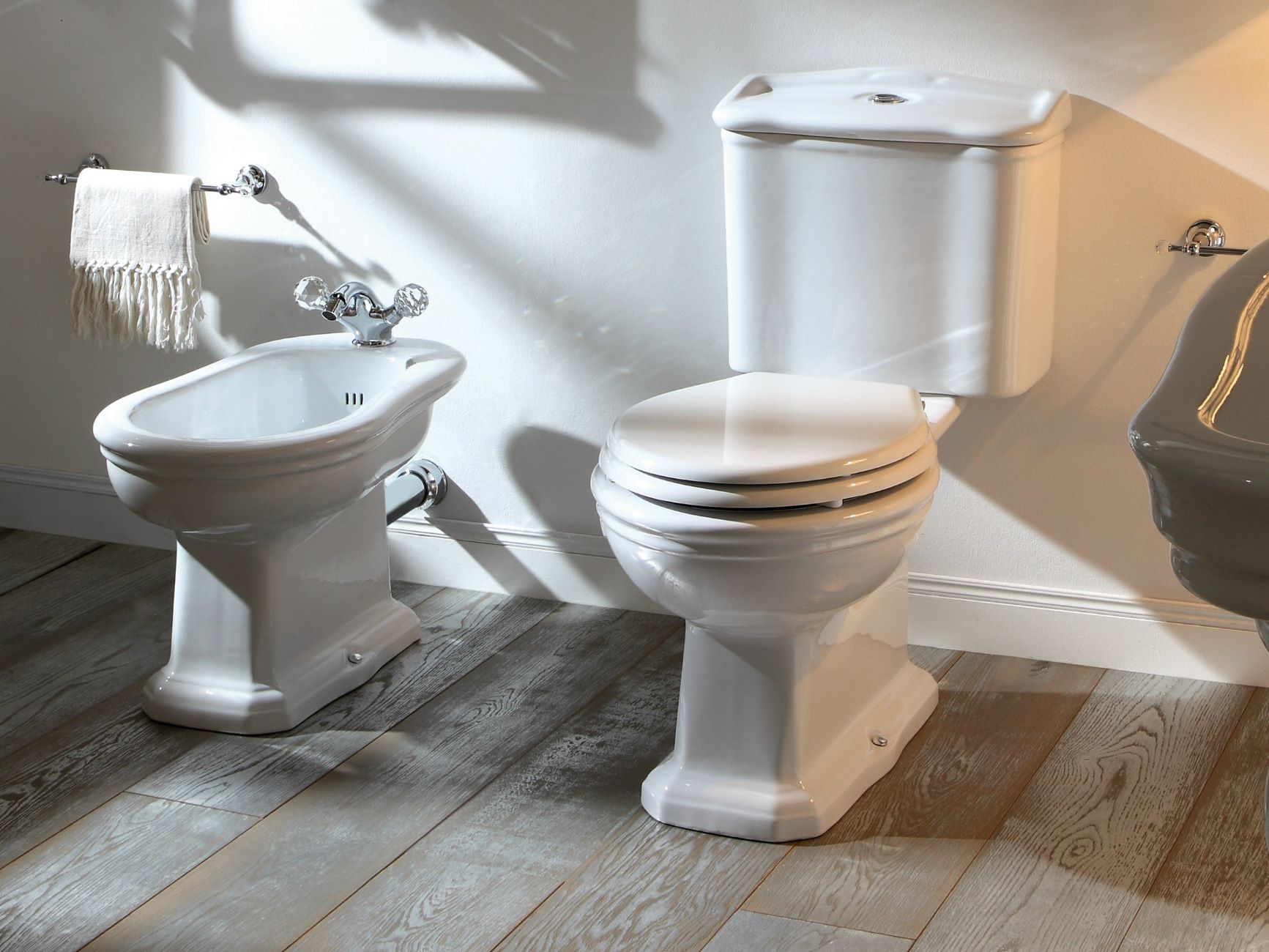
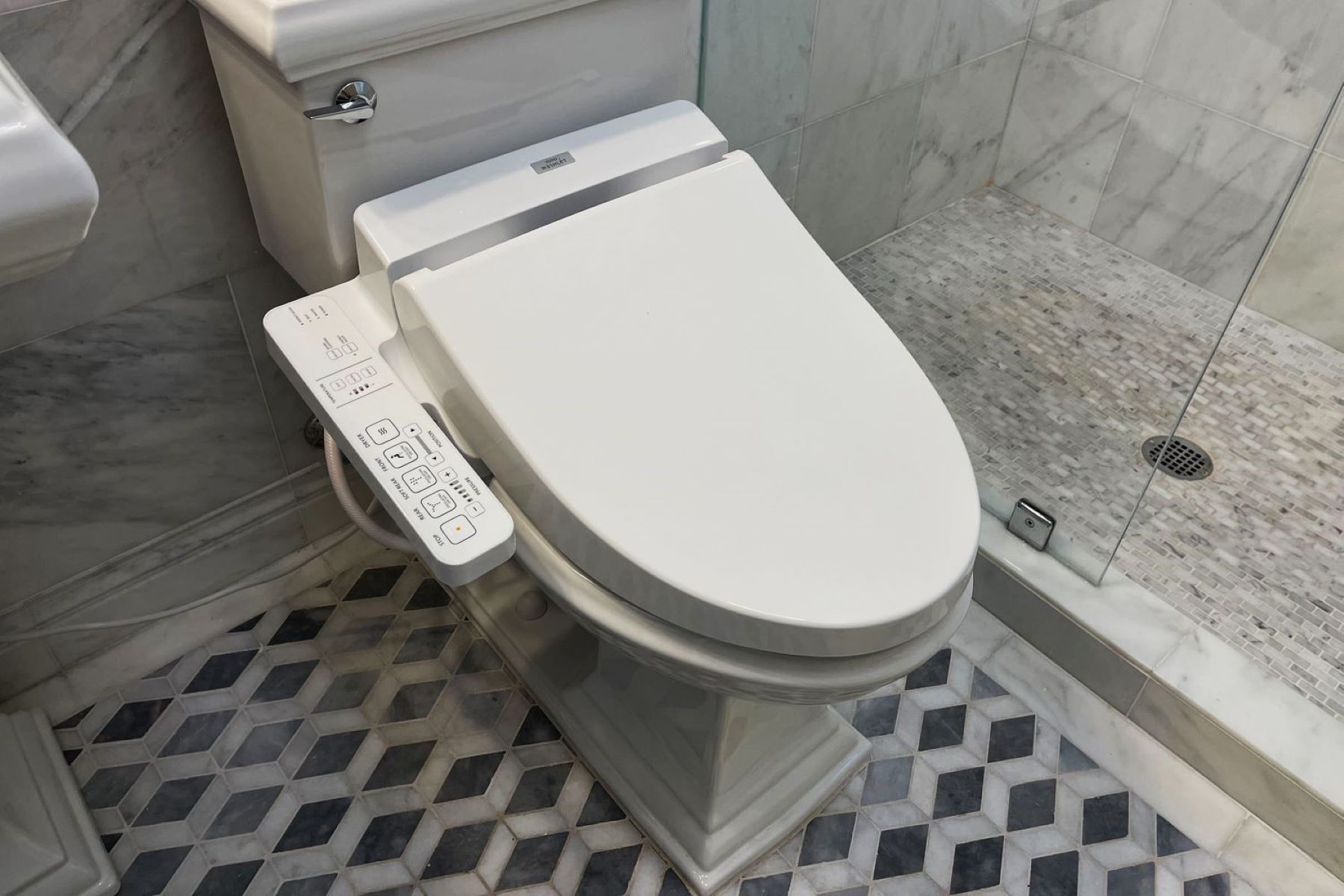
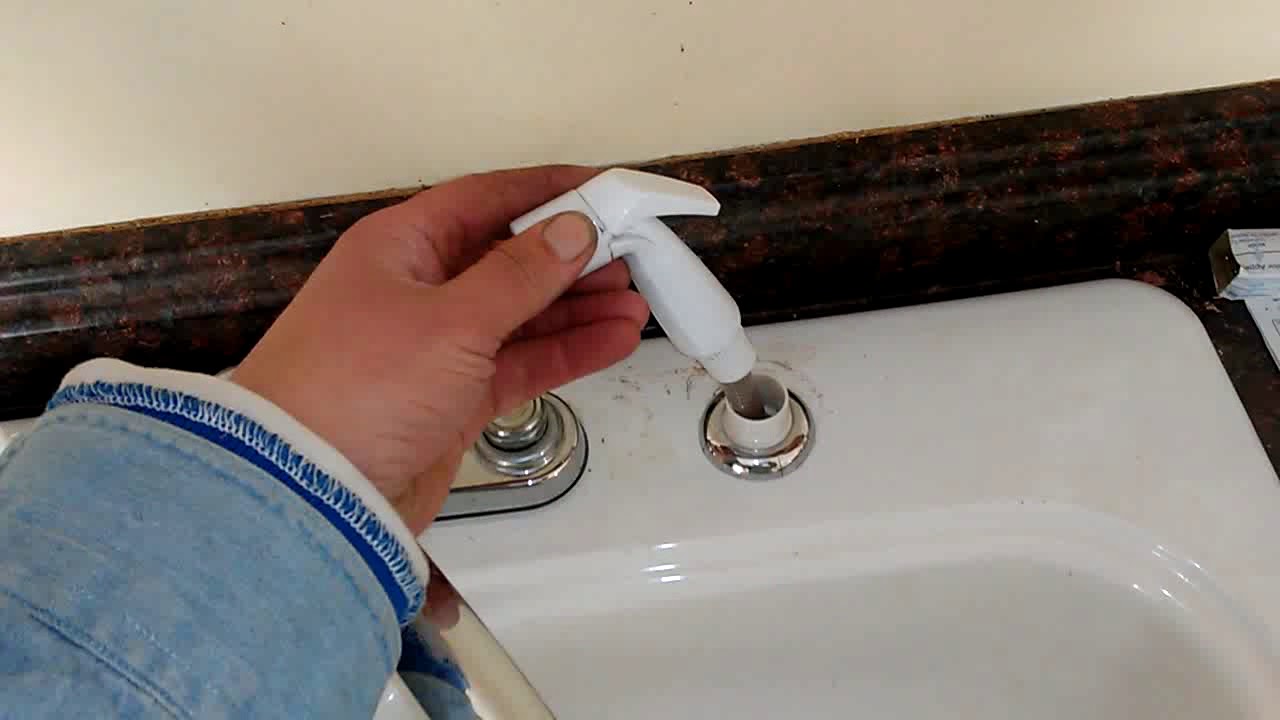
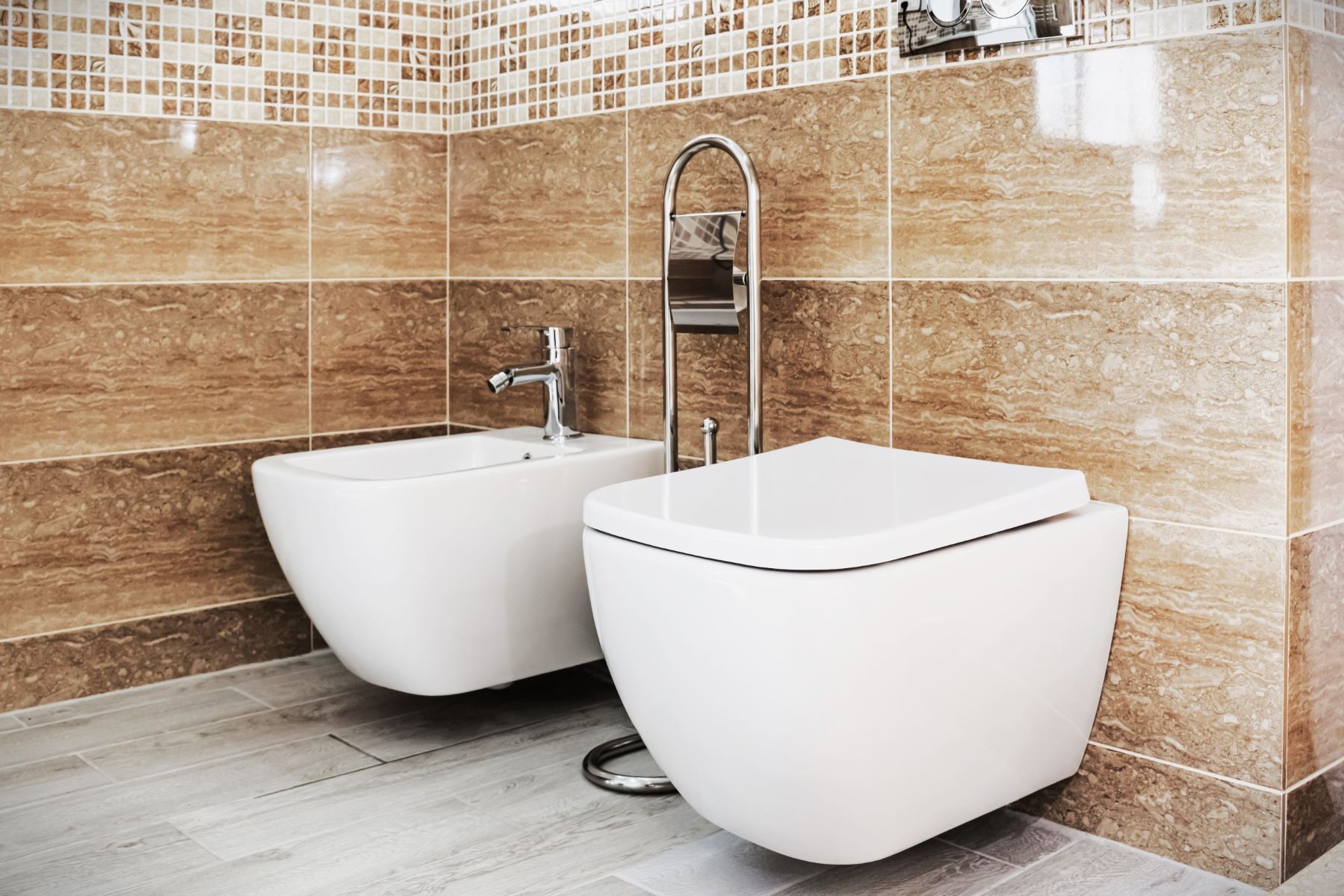
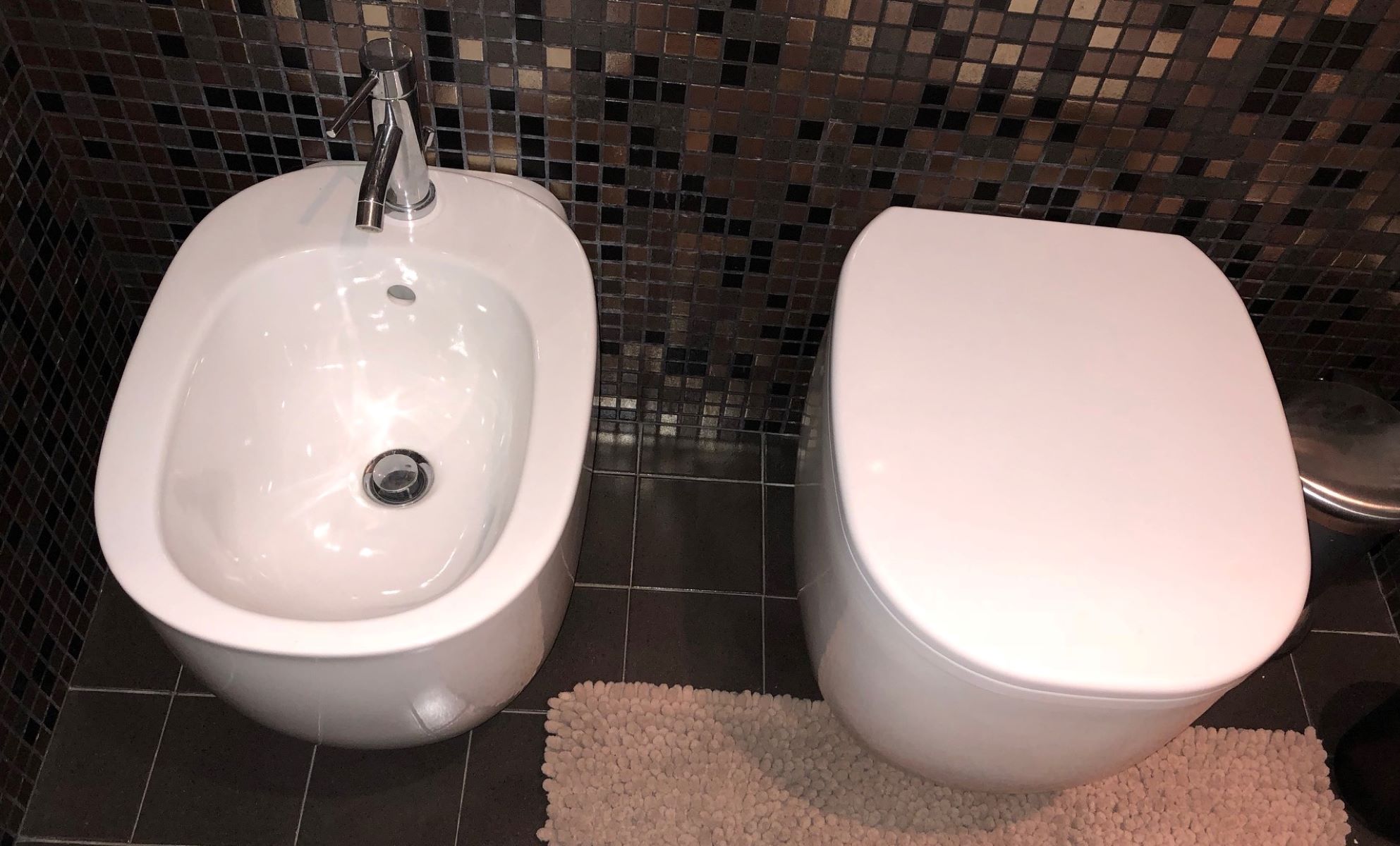
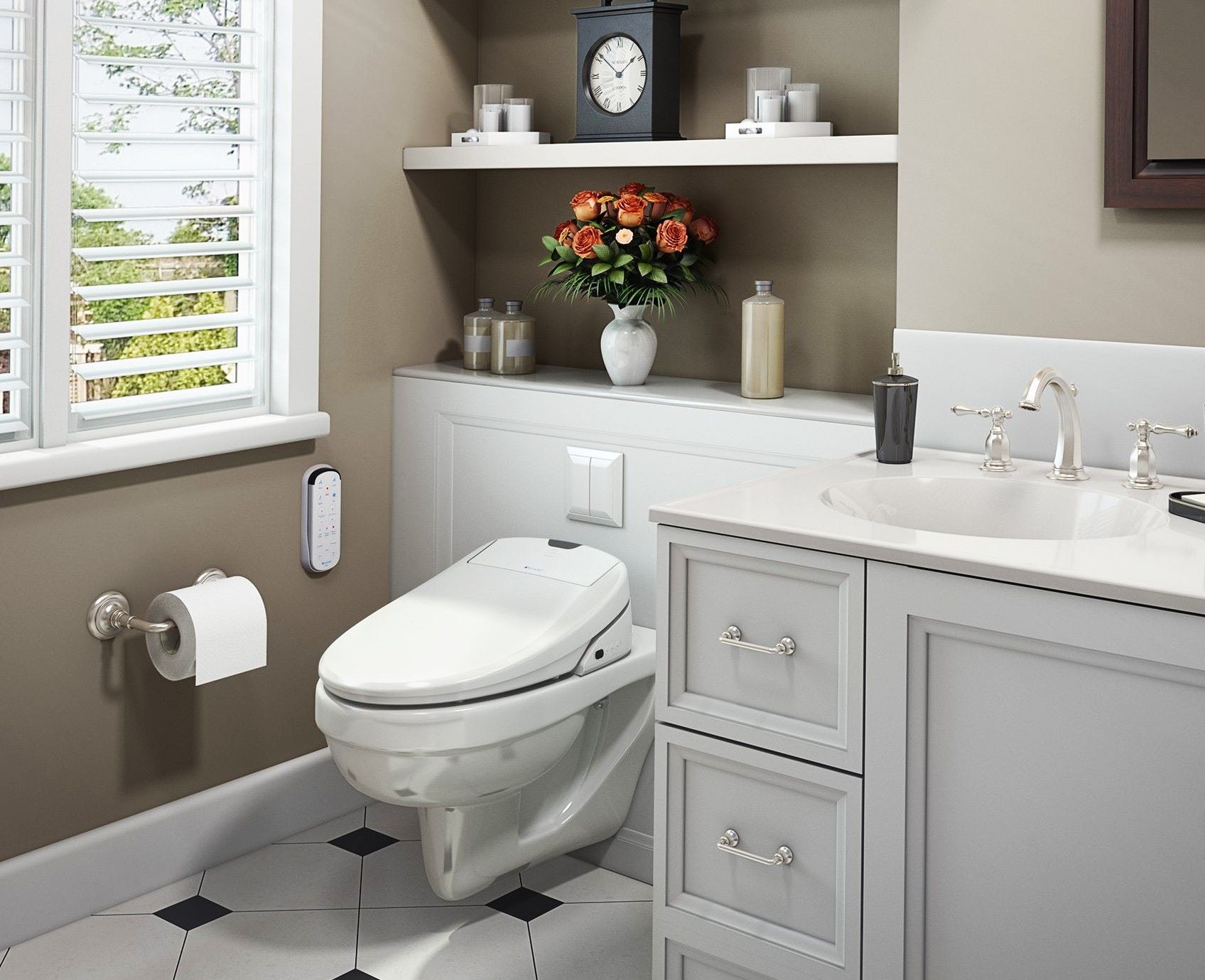
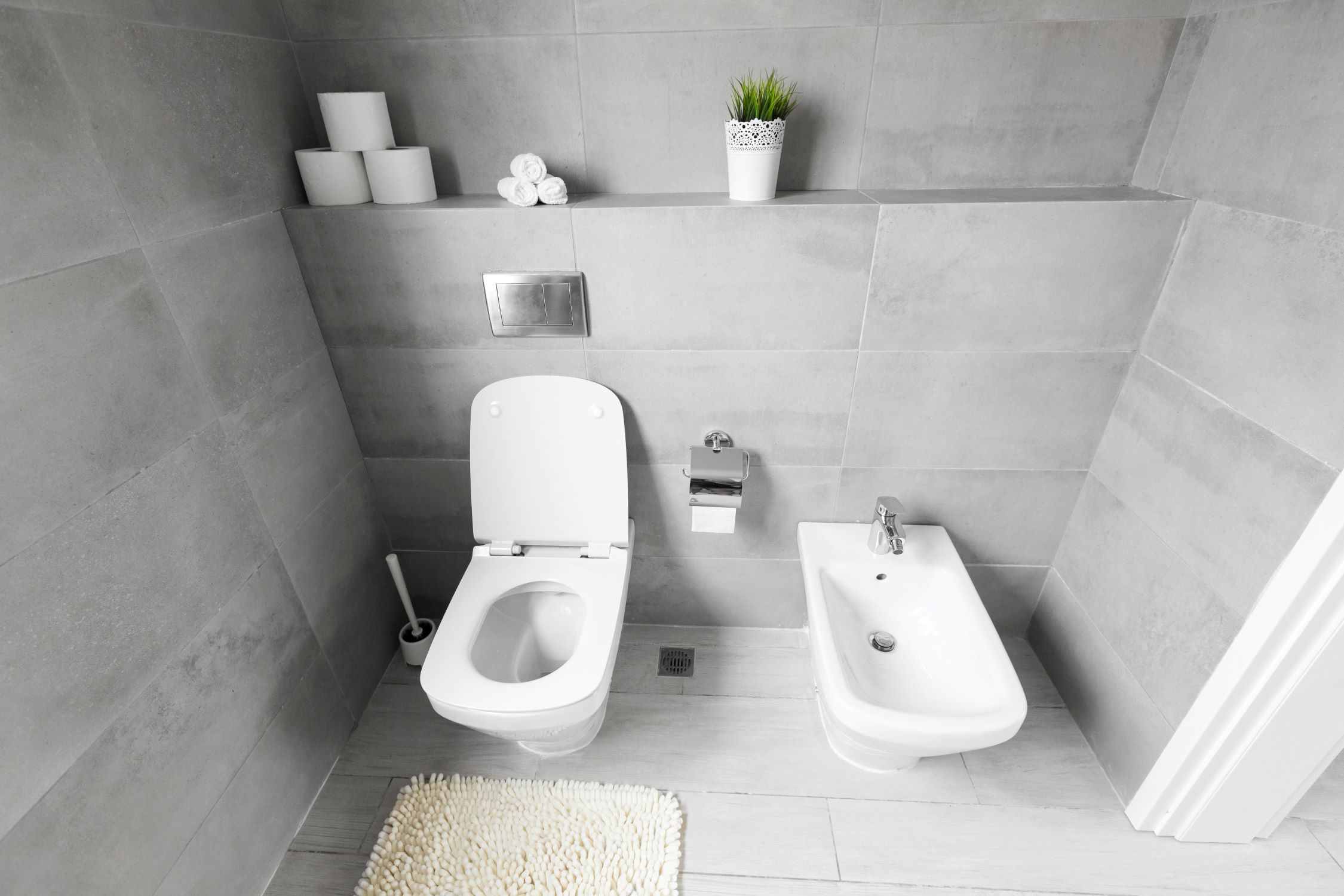
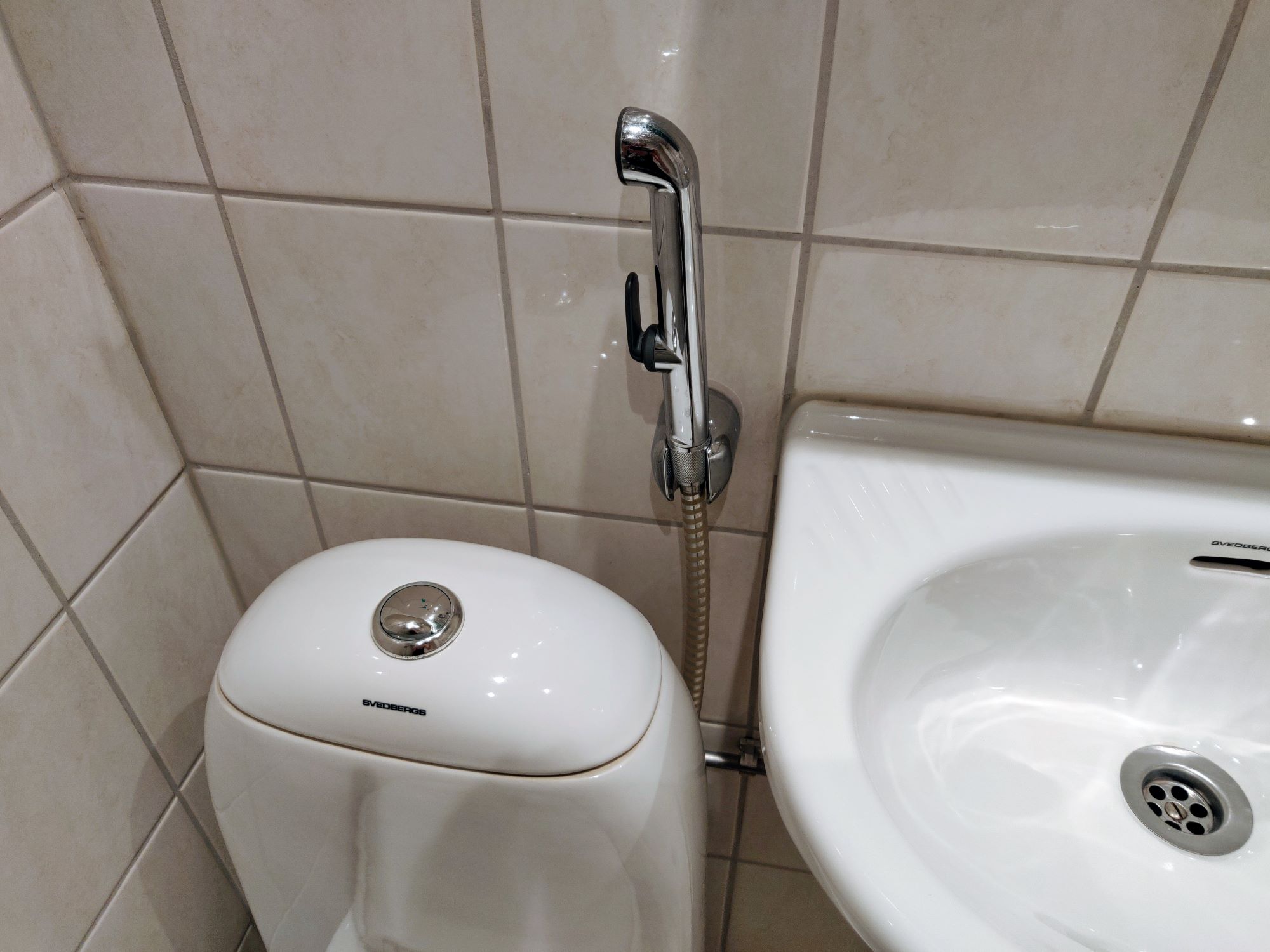
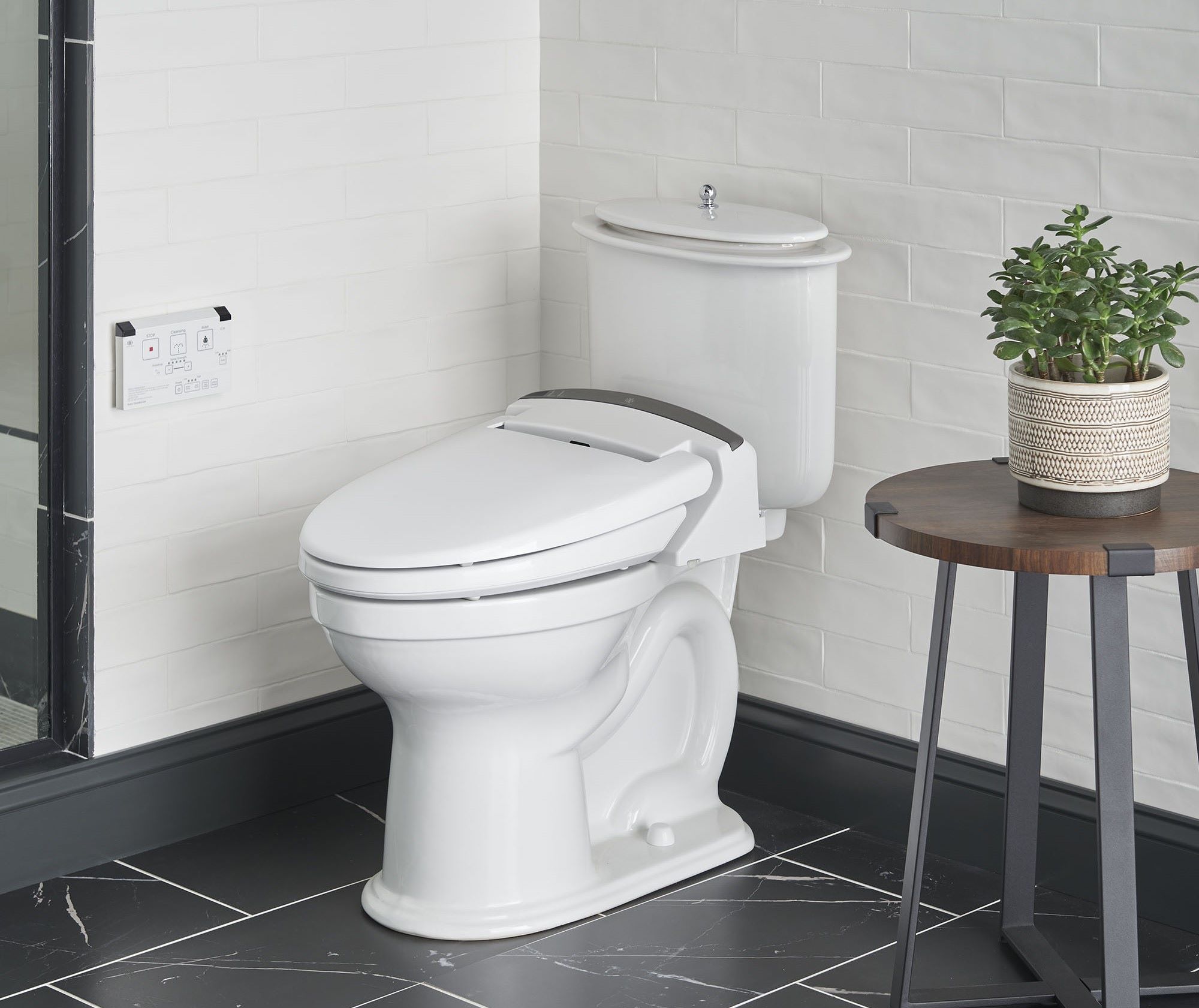
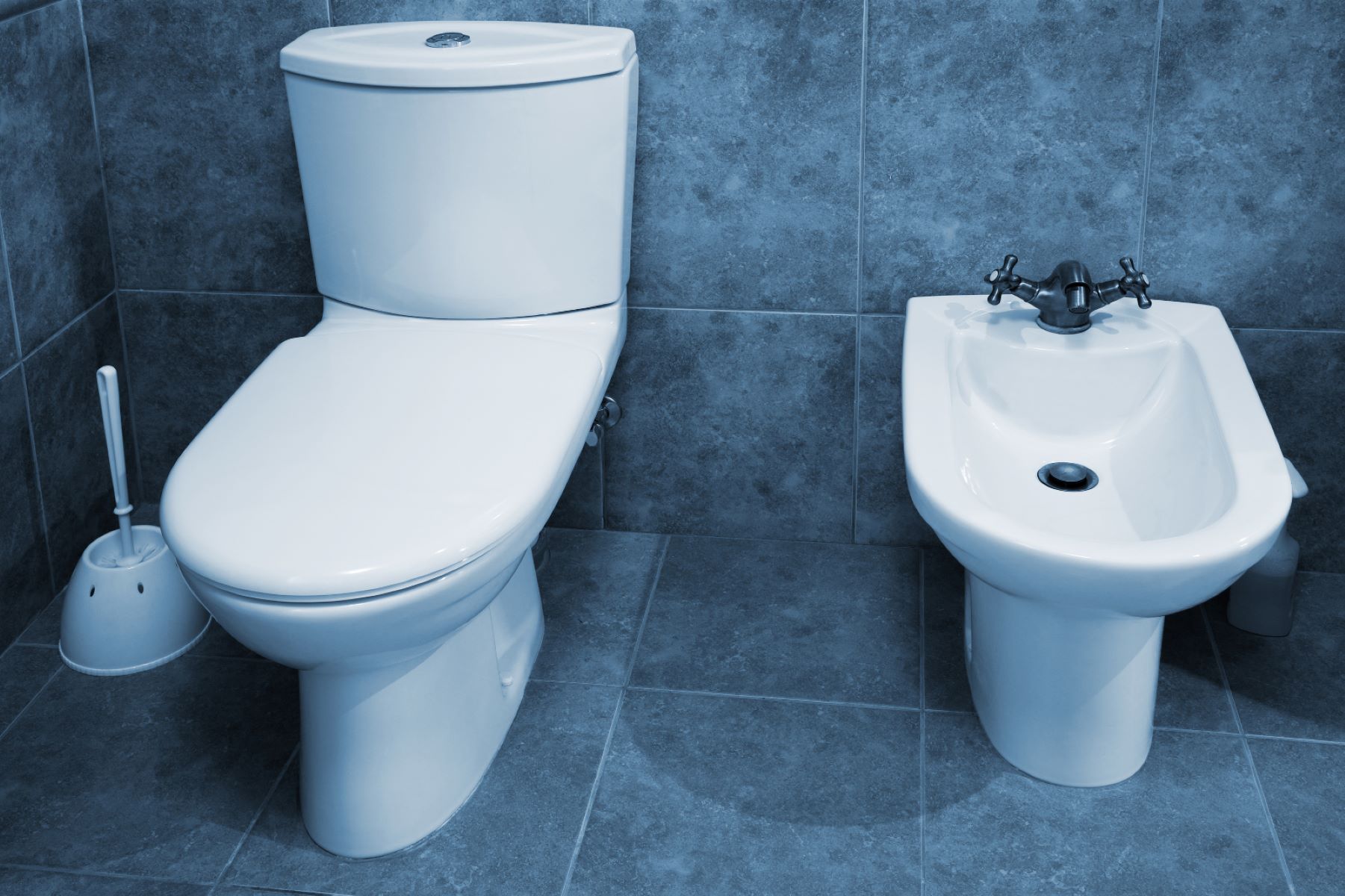
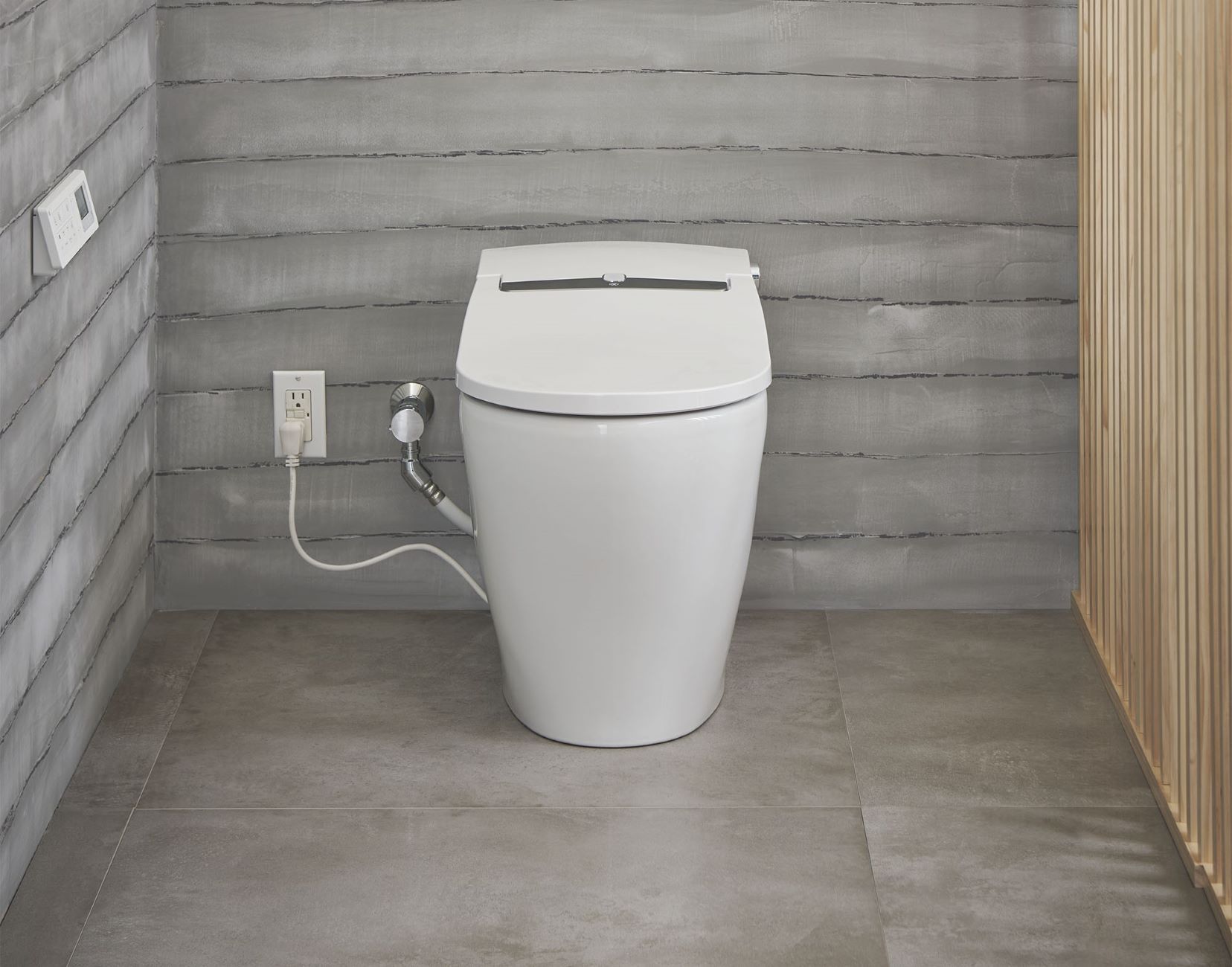
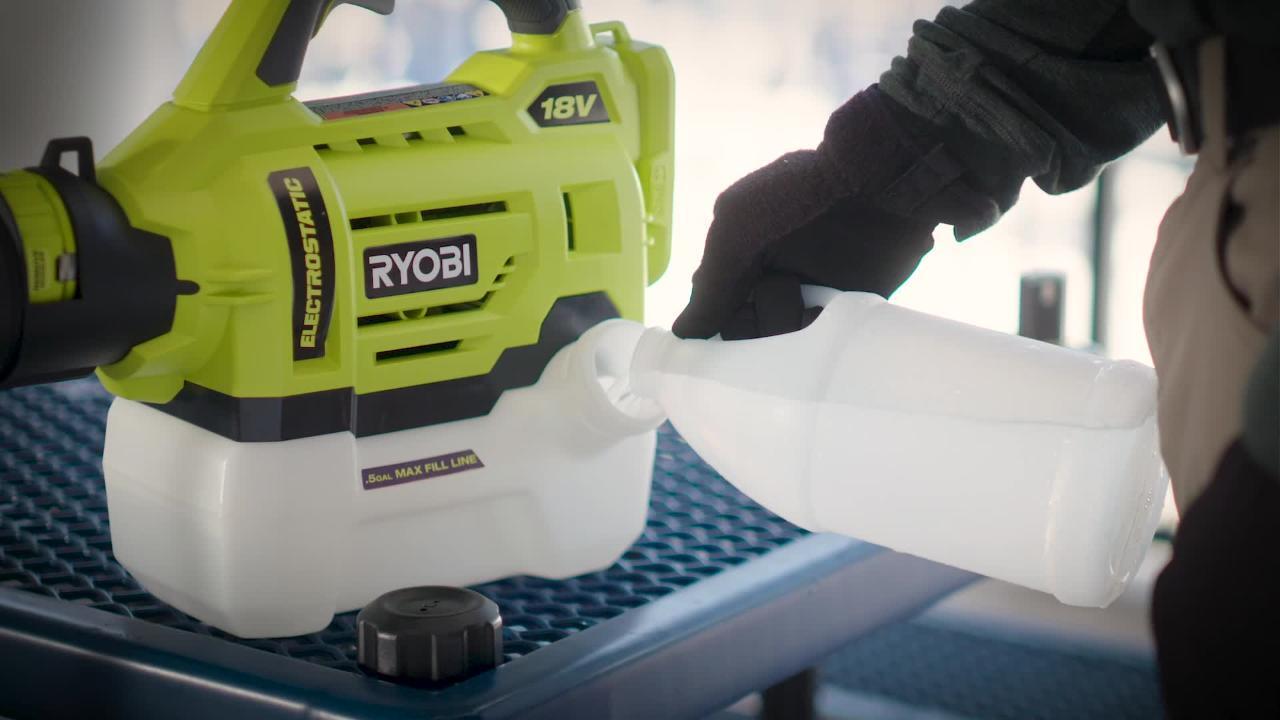
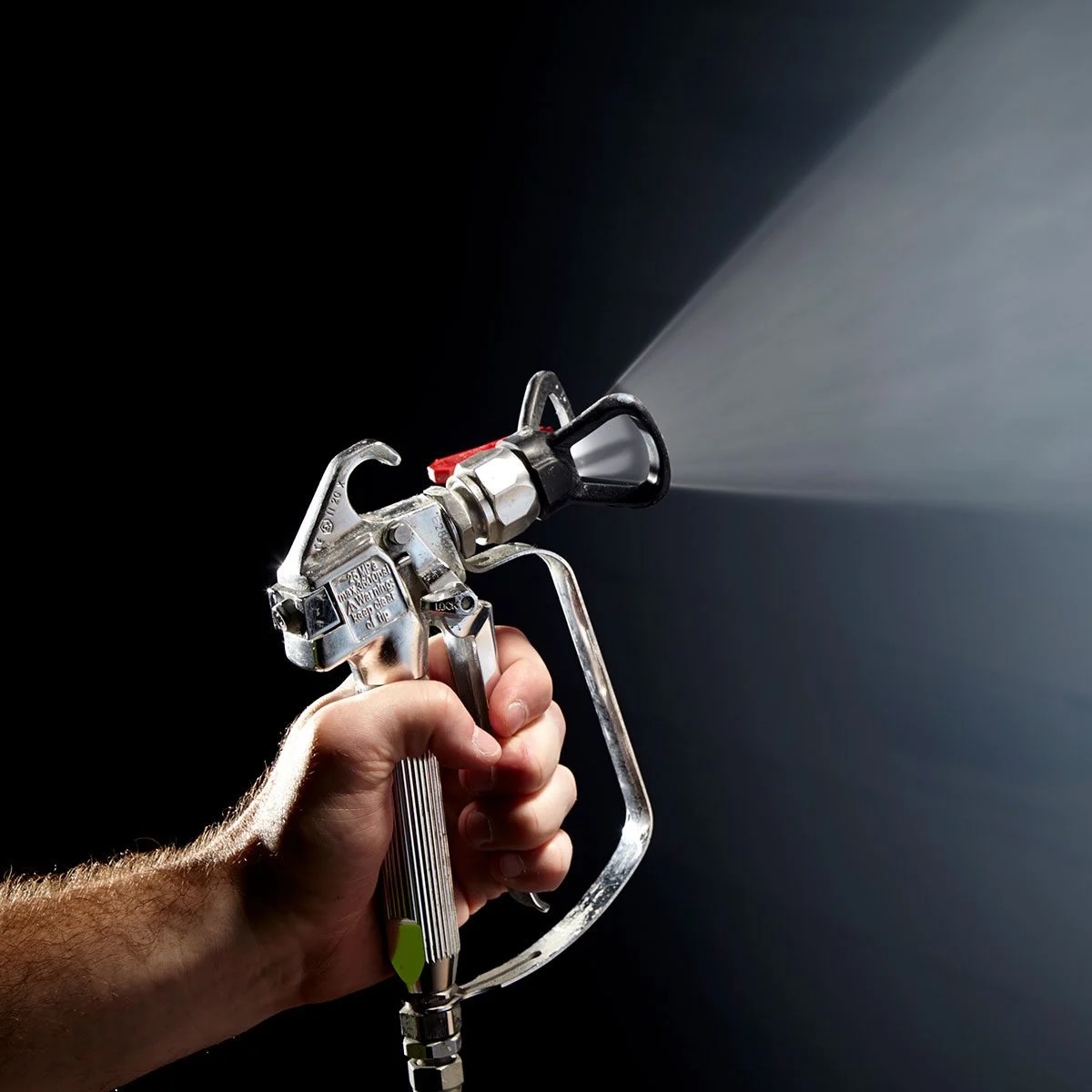
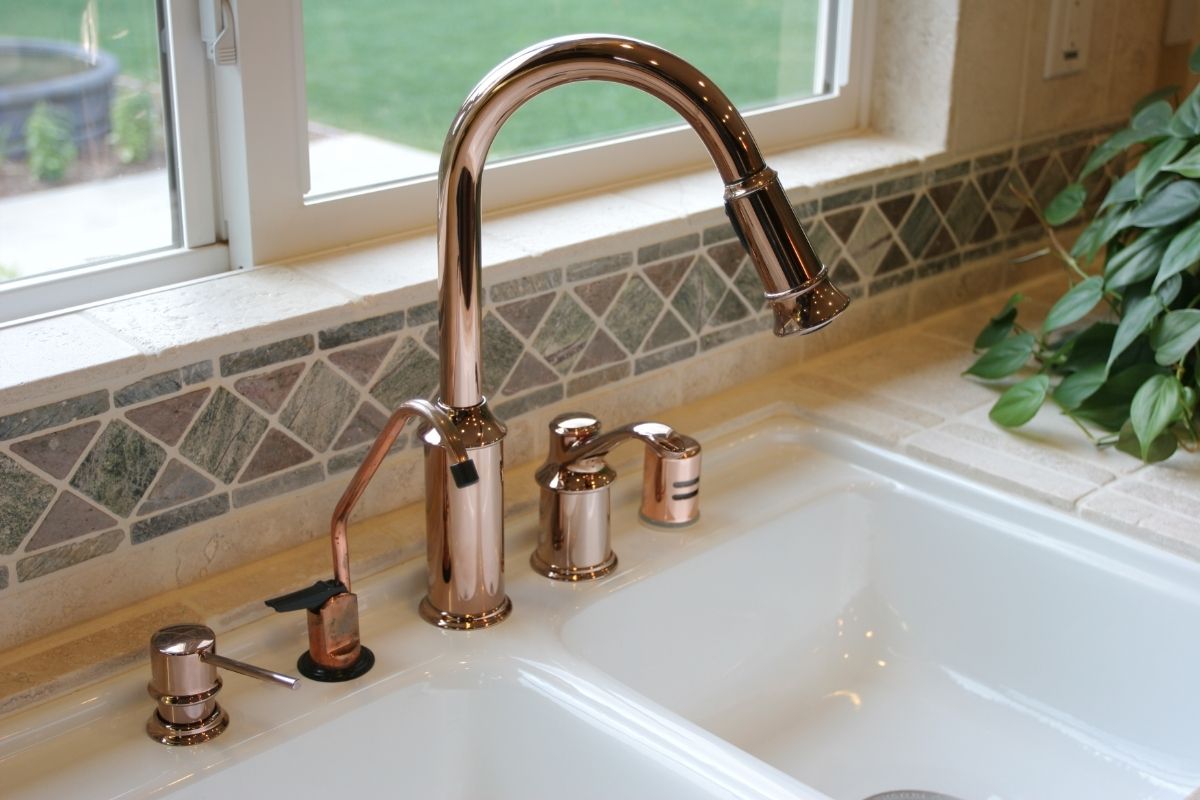

0 thoughts on “How To Fix Bidet Sprayer”